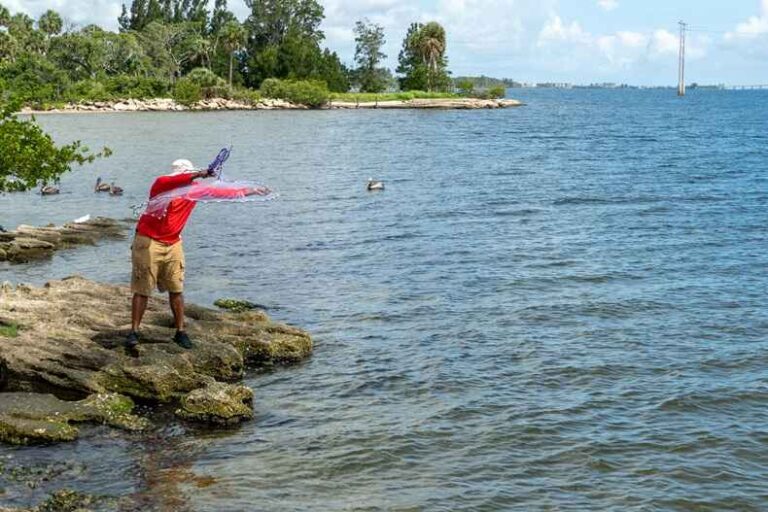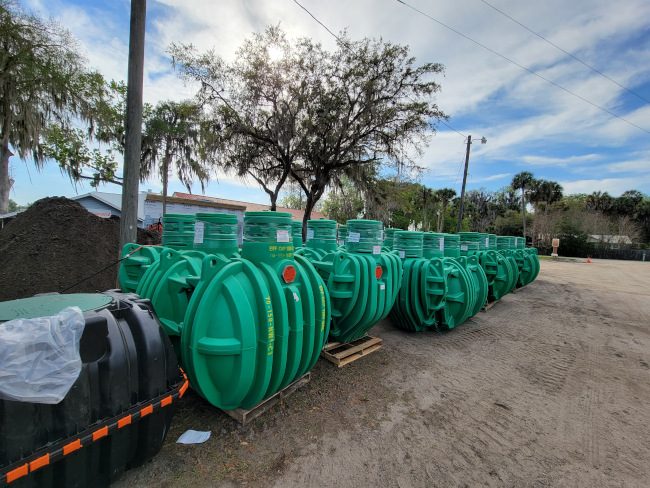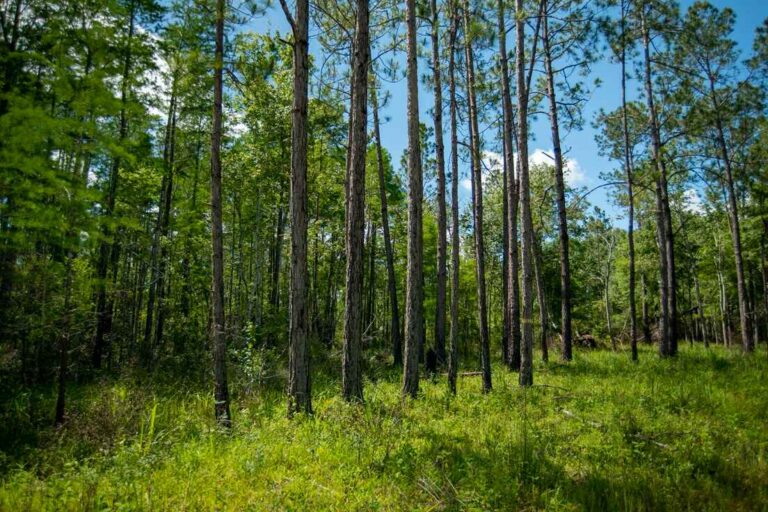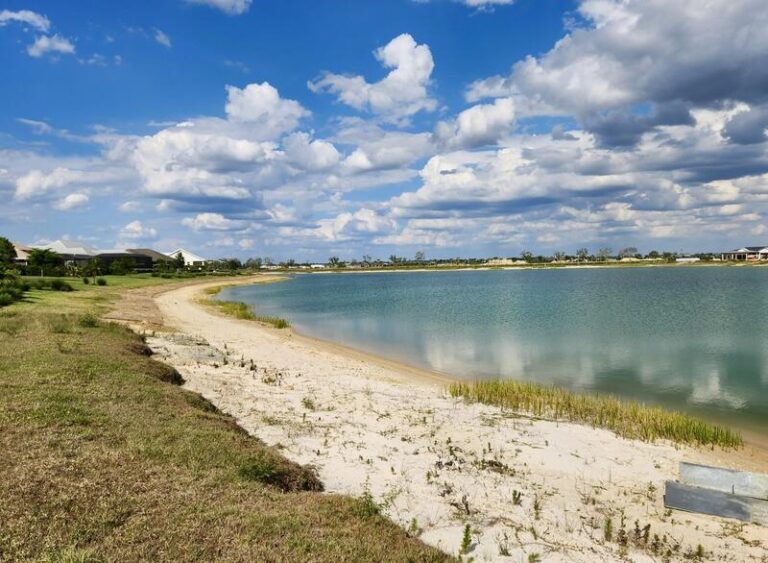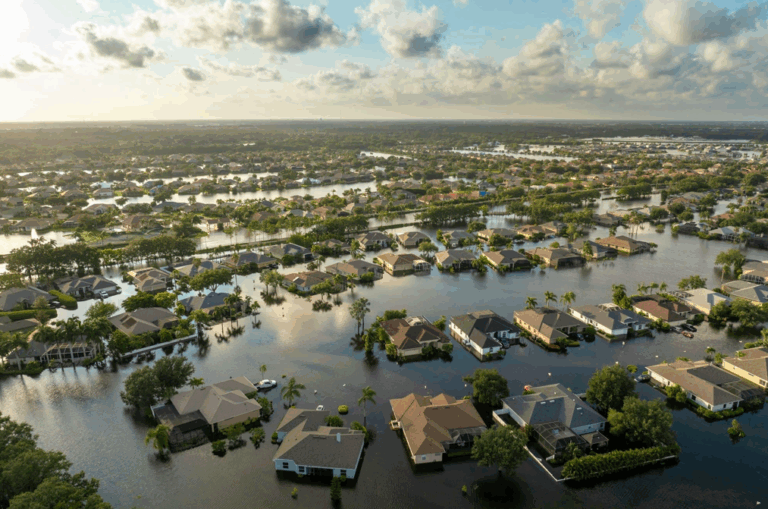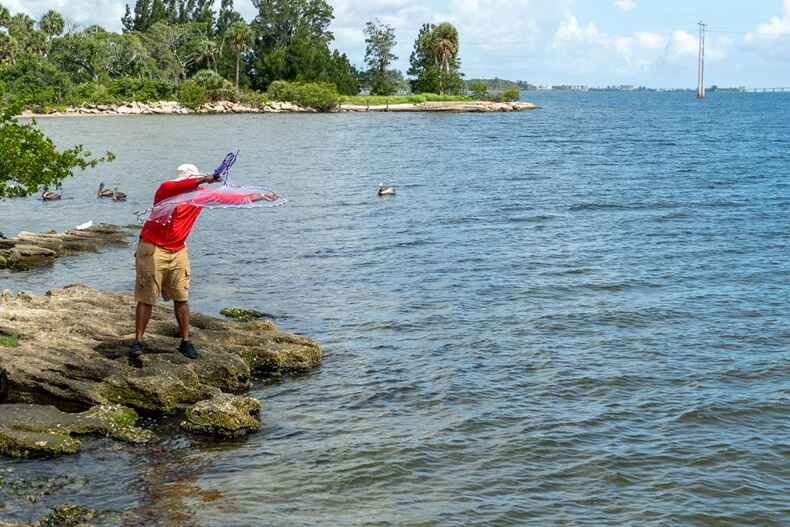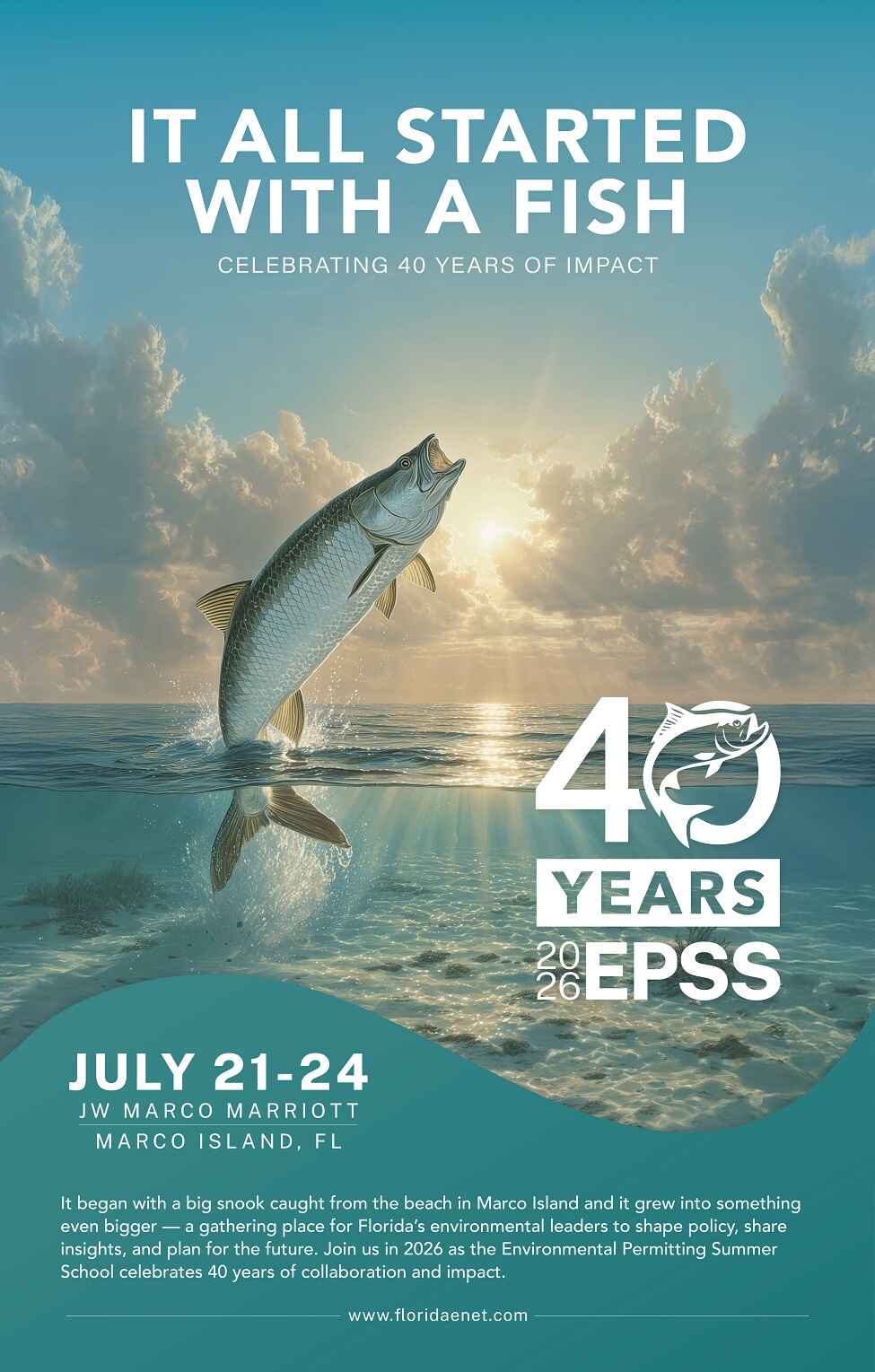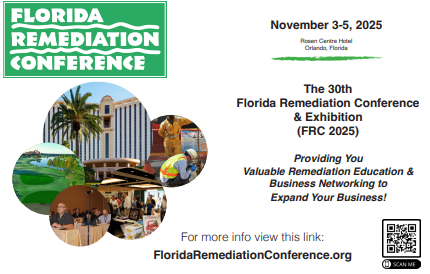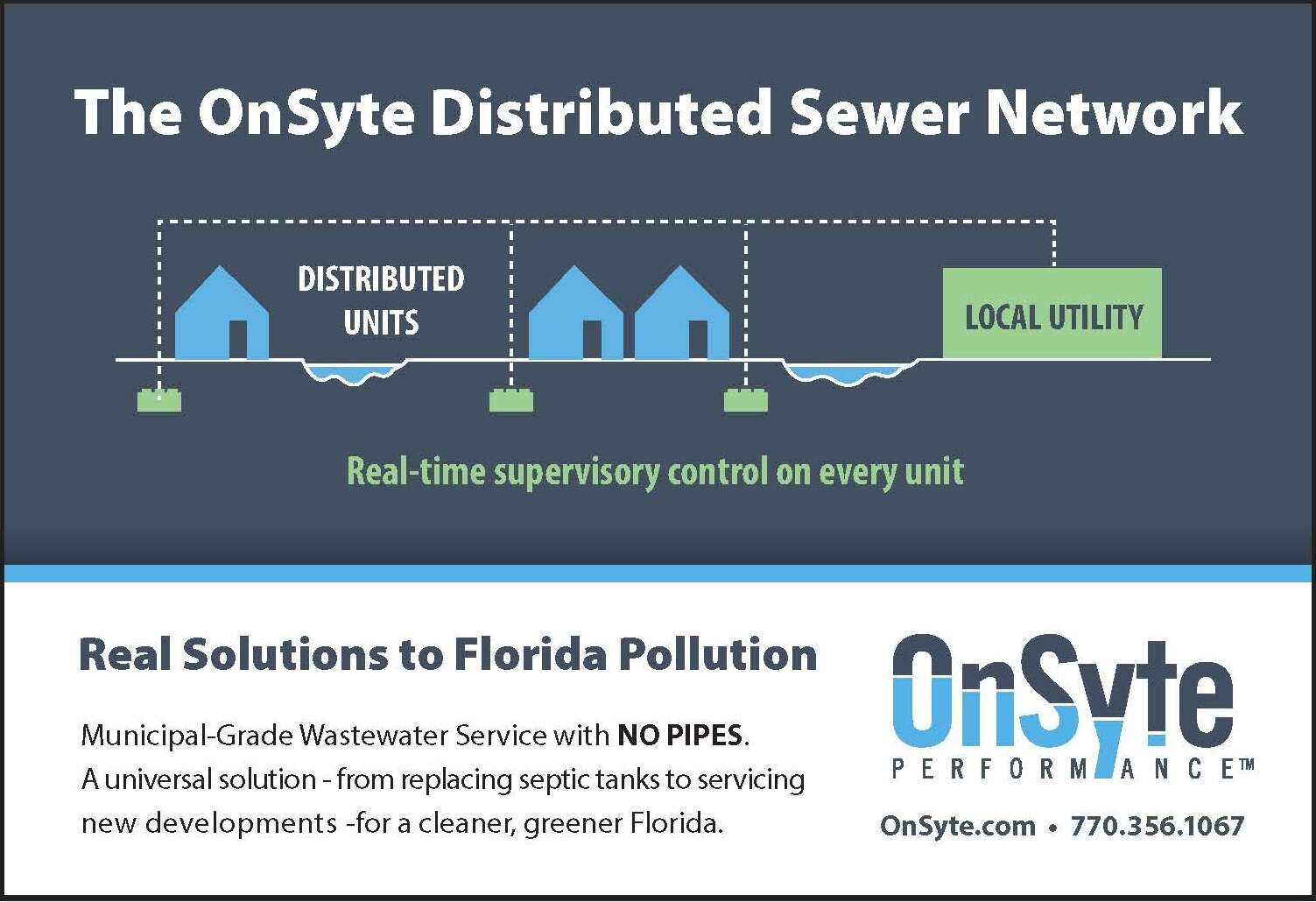By PATRICK GILLESPIE
The Environmental Permitting Summer School in Marco Island in July featured experts from around the state and nation, covering many of the timely and important environmental topics that are driving policy decisions and shaping operations and regulation throughout the state. More than 1,400 people attended the 39th annual event.
Perhaps the greatest buzz in the conference happened the morning of the last day of the 39th annual conference, when Gov. Ron DeSantis made a surprise news conference announcement, flanked by D. Lee Forsgren, Acting Assistant Secretary of the Army for Civil Works, DEP Secretary Alexis Lambert, and others. The State of Florida and the U.S. Army Corps of Engineers came to an agreement to allow the state to assume permitting control in order to complete the EAA Reservoir five years early.

But days before that announcement, the conference was filled with analysis and insight from federal partners, state regulators, and experts in all areas of environmental permitting and regulation. Some sessions provided insight on government operations, while others allowed experts to share tips and information.
Shawn Zinszer, Regulatory Chief of the Jacksonville District, U.S. Army Corps of Engineers, told the crowd at a session focused on federal wetlands permitting that as staffing changes have occurred at the federal level since January, changes are also occurring with permitting. He said permitting applications will shift from busier districts to districts with more bandwidth to review.

He also told the crowd that the Army Corps plans to move all permit applications into the Regulatory Request System by the end of August, a move intended to streamline operations. As for the 404 permitting process returning back to Florida, he reported that he thought there may be a court ruling on oral arguments by late summer.
Attendees heard from leadership of the five water management districts, with updates on key projects to impaired waterways, including the St. Johns River, Lake Apopka, and the Indian River Lagoon.
Jennifer Smith, the Chief of Staff of the South Florida Water Management District, said that as the C-43 reservoir – the largest above-ground impoundment in the country — the uncorking of Tamiami Trail along with the Florida Department of Transportation, and other projects are completed, progress in the Everglades is showing.
“What we’re doing is working,” she said. “It’s important that we continue to focus on these projects. There’s more work to do, but it’s working.”
One of the largest-attended sessions included experts discussing the popular topic of WOTUS — Waters of the United States — and the ever-changing legal and regulatory worlds that affect permitting.
Forsgren complimented state regulators on balancing permitting and environmental protection.
“The State of Florida does a heck of a job protecting its water,” he said.
He estimated that as rulemaking is being developed, more clarity on permitting requirements will be published later in 2025. The Sackett v. Environmental Protection Agency case is now the law of the land and federal agencies are basing decisions on that ruling.


